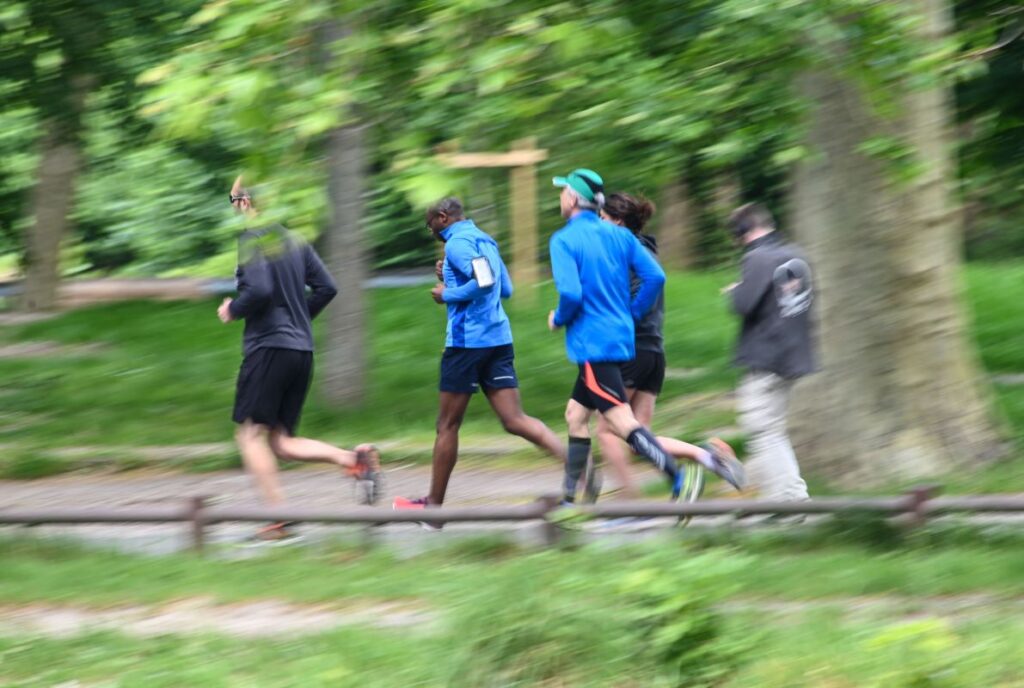During the spring and summer of 2020, a unique phenomenon emerged in the United States: a significant running boom. With many gyms closed and daily commutes halted, individuals turned to their local streets and trails, seeking outdoor activities that adhered to social distancing guidelines. As a result, neighborhoods became crowded with joggers, runners, and run-walkers, painting a vivid picture of community resilience and adaptability during uncertain times.
Fast forward to today, and another running trend has taken hold, particularly in major American cities. Groups of runners are coming together in clubs, ranging from small gatherings to large community events, emphasizing camaraderie and shared goals. Although run groups have existed for years, their popularity has surged to new heights, as evidenced by recent data from Strava, a leading fitness tracking platform.
Strava’s Insightful Data
Strava’s analysis reveals that runners participating in “grouped activities” logged an impressive 78% more active time than those running solo. This statistic underlines the growing trend of collective running experiences. With Strava boasting over 100 million active users by the end of 2022, it’s clear that the platform is integral to many runners’ social and training lives. Despite some initial challenges regarding subscription rates, Strava continues to thrive, serving as a vital resource for tracking runs and connecting with fellow runners.
The Role of Strava in Group Running
The relationship between Strava and group running is somewhat cyclical. Strava not only fosters connections among local clubs but also encourages users to organize group runs and develop training plans in preparation for marathon seasons. This sense of accountability and community support greatly enhances the running experience. Interestingly, Strava’s data shows that individuals who run in groups achieve a 17% higher rate of goal completion for their running endeavors.
The Appeal of Running Clubs
The rise of running clubs is excellent news for the running community. In metropolitan areas, runners can choose from an array of diverse clubs geared toward various interests: some focus on long-distance runs, while others offer social events after workouts, such as post-run beers or dog-friendly outings. This inclusivity and variety create a unique blend of fitness and social interaction, making running an appealing choice for people of all abilities and backgrounds.
The Benefits of Running Together
Joining a running club combines physical exercise with social connection, making it an attractive option for many individuals. The friendships forged through shared experiences can last a lifetime, while others may simply participate during specific training cycles, such as preparing for a marathon. Moreover, running with a group fosters a habit that encourages members to engage in running on the other days of the week, enhancing their overall fitness routine without the pressure of strict training schedules.
Looking Back on the Running Boom
A report by Nielsen in 2021 confirmed the ongoing interest in running activities, indicating that 13% of surveyed runners began their journey during the pandemic. For those who embraced this healthy habit, the long-term rewards are evident: not just improved fitness, but also the joy of running alongside friends. As the running community continues to flourish, the collective spirit that emerged during those difficult times proves to be enduringly vibrant.
In conclusion, whether you are a seasoned runner or a beginner, the surge in running group participation offers a wealth of benefits. From increased motivation and accountability to social interactions that enhance wellbeing, running clubs are creating exceptional opportunities for individuals to achieve their fitness goals while forming lasting connections. If you’re interested in joining this evolving trend or want to learn more about running and wellness, consider connecting with local groups or utilizing platforms like Strava to make the most of your running experience.
